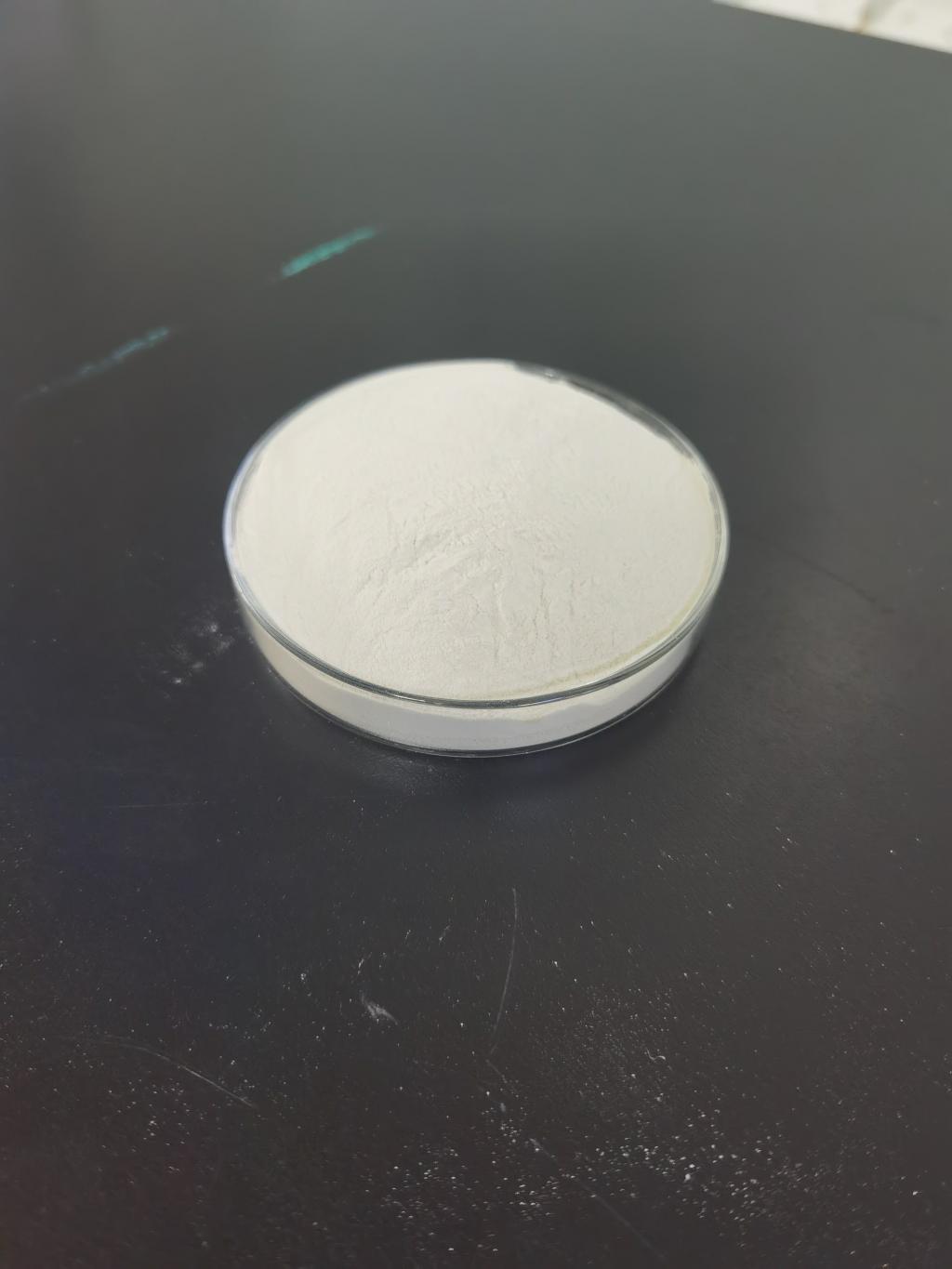Tel:+8618231198596

News
 CONTACT
CONTACT
 CONTACT
CONTACT
- Linkman:Linda Yao
- Tel: +8618231198596
- Email:linda.yao@dcpharma.cn
- Linkman:CHARLES.WANG
- Department:Overseas
- Tel: 0086 0311-85537378 0086 0311-85539701
News
Current Position:
Home >
News
>Nisin's Potential in Alleviating Concerns About Food Safety in Global Supply Chains
Nisin's Potential in Alleviating Concerns About Food Safety in Global Supply Chains
TIME:2024-02-02
Introduction:
Globalization has revolutionized the way food is produced, processed, and distributed, leading to an increased risk of contamination and the spread of foodborne pathogens. The need for effective and sustainable solutions to enhance food safety in global supply chains is evident. Nisin, a naturally occurring antimicrobial peptide, has emerged as a potential candidate to address these concerns.
Nisin: An Overview
Nisin is a polycyclic antibacterial peptide produced by certain strains of Lactococcus lactis, a bacteria commonly found in dairy products. Discovered in the early 20th century, nisin has been used as a food preservative for decades, particularly in the dairy industry. Its antimicrobial properties make it a natural and effective alternative to traditional chemical preservatives.
Mechanism of Action:
Nisin exhibits its antimicrobial activity through a unique mechanism. It disrupts the cell membranes of target bacteria, leading to the leakage of intracellular contents and eventual cell death. This specific mode of action makes it difficult for bacteria to develop resistance, a common concern with conventional antibiotics.
Applications in Food Preservation:
The versatility of nisin extends beyond the dairy industry, with applications in various food products. It has proven efficacy against a broad spectrum of Gram-positive bacteria, including pathogens like Listeria monocytogenes and Staphylococcus aureus. The incorporation of nisin into food formulations has shown promise in extending shelf life, preventing spoilage, and inhibiting the growth of harmful microorganisms.
Regulatory Status:
The regulatory approval of nisin as a food additive varies across regions. In many countries, it is generally recognized as safe (GRAS) for use in food products within specified limits. However, ensuring harmonized regulations on a global scale is essential to facilitate its widespread adoption in international supply chains.
Benefits of Nisin in Global Supply Chains:
a. Reducing Foodborne Pathogens: Nisin's ability to combat a range of pathogens makes it a valuable tool in minimizing the risk of foodborne illnesses. This is particularly crucial in global supply chains, where products traverse borders and continents.
b. Extended Shelf Life: By inhibiting the growth of spoilage microorganisms, nisin contributes to the extension of product shelf life. This can reduce food waste and improve the efficiency of supply chain logistics.
c. Clean Label Trend: Nisin aligns with the growing consumer demand for clean label and natural ingredients. Its natural origin and minimal impact on the sensory properties of food make it an attractive option for manufacturers aiming to meet consumer preferences.
d. Sustainable Alternative: Nisin's production through fermentation processes and its biodegradability contribute to its sustainability. As the food industry seeks eco-friendly solutions, nisin emerges as a viable alternative to synthetic preservatives.
Challenges and Considerations:
a. Regulatory Harmonization: Achieving global consensus on the regulatory status of nisin is essential for its widespread adoption. Collaboration between regulatory bodies, industry stakeholders, and researchers is crucial to streamline approval processes.
b. Cost Considerations: While the cost of nisin has decreased with advancements in production technologies, it remains a factor that needs consideration, especially for small and medium-sized enterprises in the food industry.
c. Consumer Perception: Educating consumers about the safety and benefits of nisin is crucial to overcome potential resistance or skepticism. Clear communication regarding its natural origin and mode of action can contribute to positive consumer perception.
Future Prospects and Research Directions:
The future of nisin in global supply chains holds promising prospects. Further research could explore its applications in specific food categories, optimize production processes, and investigate synergies with other natural preservatives. Collaboration between academia, industry, and regulatory bodies will be instrumental in unlocking the full potential of nisin for food safety.
Conclusion:
In conclusion, nisin represents a valuable tool in alleviating concerns about food safety in global supply chains. Its natural origin, broad-spectrum antimicrobial activity, and compatibility with the clean label trend position it as a sustainable and effective alternative to traditional preservatives. To fully realize its potential, concerted efforts are needed to address regulatory challenges, educate consumers, and foster research and development initiatives. Embracing nisin in the food industry could contribute to a safer and more sustainable global food supply chain.
- Tel:+8618231198596
- Whatsapp:18231198596
- Chat With Skype







